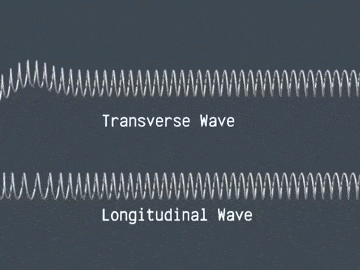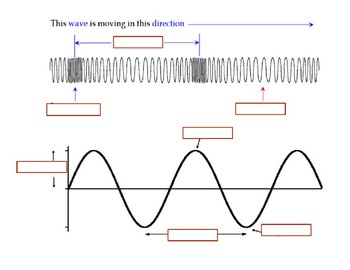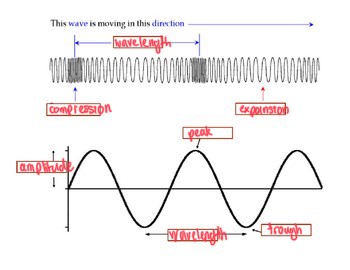Wave Basics
12PHYS - Wave Systems
Finn Le Sueur
2024
About the Unit
- Wave Systems
- AS91523
- 4 Credits, Level 3 (External)
- Not in the school exams!
- End of topic test in Term 3 Week 9 (≃Sep. 12th)
To start this unit off we are going to spend a week doing some learning about the fundamentals of waves from the Year 12 paper, before moving on to Year 13 specific stuff.
Pātai: What is a wave?
The movement of energy from one place to another. Either through mechanical or electromagnetic waves.
Mechanical Waves
Waves that are vibrations pass through a solid or other medium. Think, the ocean or a slinky.
NB: They require a medium in which to travel.
Electromagnetic Waves
Waves that are part of the electromagnetic spectrum (light, radio waves, infrared, etc).
NB: They do not require a medium in which to travel –> can travel through the vaccuum.
The waves that we will be looking at this year have repetition in their motion, and are called periodic waves. This periodicity allows us to predict their interactions with relative ease.
Transverse vs Longitudinal Waves
- Longitudinal: The vibration (displacement of particles) is parallel to the direction of motion of the wave (e.g. sound). Think of compression and expansion.
- Transverse: The vibration (displacement of particles) is perpendicular to the direction of motion of the wave (e.g. electromagnetic waves like light).


Labelling a Wave
Task: Sketch this unlabelled wave into your book on the axis.

- Peak: The highest point on a wave
- Trough: The lowest point on a wave
- Amplitude (A): The distance of greatest displacement from rest on the wave (midpoint to peak, midpoint to trough) (in \(m\))
- Wavelength \(\lambda\): The distance (in \(m\)) between consecutive points of idential displacement on the wave (peak to peak, trough to trough, midpoint to midpoint etc.)
- Compression: The point where the particles are most squished together
- Expansion: The point where the particles are most spread out
- Velocity \(v\): The velocity (in \(ms^{-1}\)) of the wave shape


Period vs. Frequency
- Period \(T\): The time taken, in \(s\), for one wave to pass any point. For example, a period of 5s means it takes 5 seconds for consecutive peaks to pass a given point.
- Frequency \(f\): The number of waves that pass a point in a second, measured in “per second” \(s^{-1}\), better known as Hertz \(Hz\).

Ngohe/Task: Period vs Frequency
Collect a sheet each, follow the instructions to sort the statement about period and frequency into columns. Be ready to glue them in!
Mahi Tuatahi
Red light has a wavelength of approximately \(400nm\) and travels at approximately \(3\times10^{8}ms^{-1}\).
- Calculate the frequency of this wavelength light.
- Calculate the period of this light wave.
- Explain, in words, what frequency means in this context.